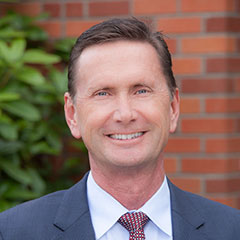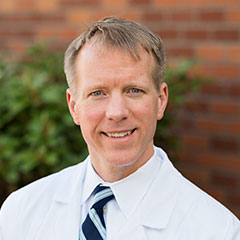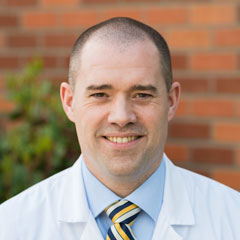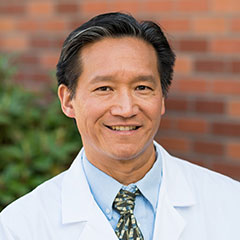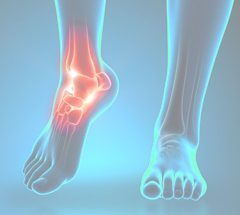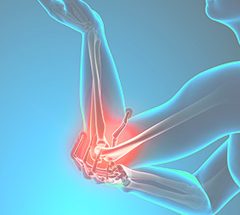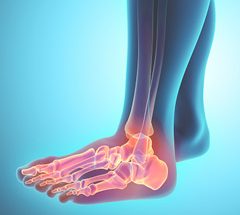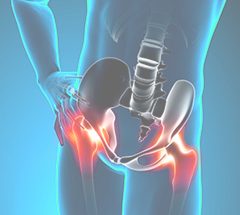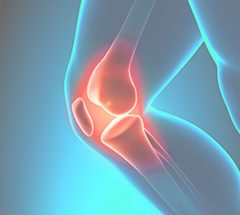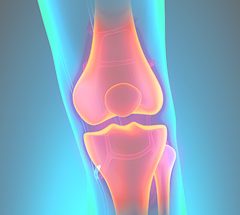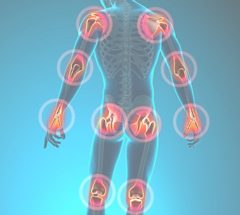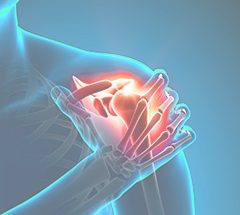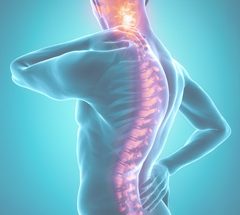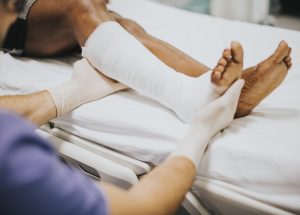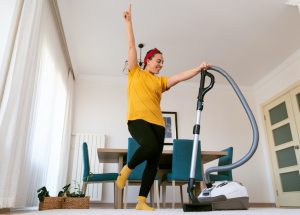Back Strains and Sprains
Often associated with injuries, mechanical low back pain is one of the most common and challenging complaints among patients.
Low back pain, referred to by physicians as mechanical low back pain, is one of the most common medical complaints. Sprains and strains often result from excessive physical demands on the spine, such as lifting a heavy object or falling awkwardly.
Although the pain can be severe, most episodes of low back strains and sprains are easily treated and improve with conservative care. Future recurrences of low back pain are common, so education about the condition is important to reduce the risk of recurrences.
Causes of mechanical low back pain
The low back, or lumbar spine, is the chief weight-bearing structure of the human skeleton. The lumbar spine is uniquely designed to carry and distribute the loads from movement. With proper body mechanics, the forces imposed on the spine from bending, lifting, sitting and other activities are normally handled without spinal injury or pain.
Sprains and strains are soft tissue injuries. Soft tissues in the lumbar spine include muscles, tendons and ligaments. Injury is sustained when these tissues are stressed beyond their normal limits. Degeneration with inflammation of motion segments of the spine such as discs and joints (e.g., facet joints) can be causes of pain.
Symptoms
“Mechanical” means the pain is associated with certain movement or postures of the spine, which exerts stresses on specific pain generators of the spine.
The pain intensity varies depending upon these mechanical factors. The distribution of pain in mechanical low back pain generally does not radiate below the buttocks.
If pain does radiate below the buttocks and down the leg, a doctor might suspect possible nerve root irritation, which can be caused by a herniated disk. The initial pain may be so severe that the patient fears that something is broken. At this point, many patients seek the advice of their physician.
Diagnosis
The physician will begin by taking a detailed history and physical exam and will want to assess if there may be a more serious condition related to the back pain. The physician may order an X-ray, blood tests or more advanced imaging tests. For example, an MRI may be considered if a more serious cause of back pain needs to be ruled out.
Treatment
Treatment is usually two-fold, including medications to relieve pain and muscle spasm and participation in a physical therapy program. The types of medications to relieve pain may include acetaminophen, non-steroidal anti-inflammatories, muscle relaxants, and occasionally opioids (narcotics).
Physical therapy incorporates therapeutic exercises, and modalities such as ultrasound, massage, heat or ice packs, and electrical stimulation. Therapeutic exercise programs begin slowly to acclimate the patient to stretching and strengthening routines. The patient is usually provided with a home exercise program to continue on a regular basis. A strong and agile spine is one step toward preventing future injury. Exercises work to decrease inflammation as well as muscle spasms and pain.
Prevention
You can minimize stress on the lumbar spine by using proper posture and good body mechanics. During physical therapy, patients learn how to move with good posture to protect the low back. Physical therapists teach patients how to develop ergonomically correct body mechanics in their everyday activities. This can be a great experience with life-long rewards.
Mechanical low back pain is common and generally improves with the passage of time. A medical work-up by a spine care physician may be necessary in order to rule out more serious causes of low back pain.
Though frequently self-limiting, the condition often recurs. Physical therapy can be helpful to treat the acute pain. Perhaps even more importantly, therapy can also provide exercises to strengthen the core muscles that support the spine and educate about optimal body mechanics. In combination these measures reduce the risk of recurrences. A spine specialist at Orthopedics International can assist with this common but often challenging healthcare problem.

